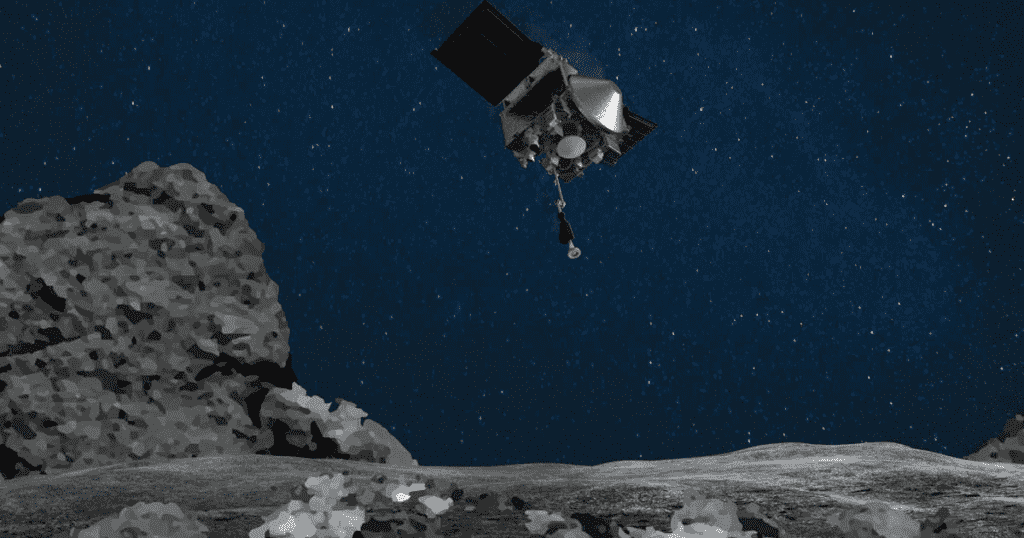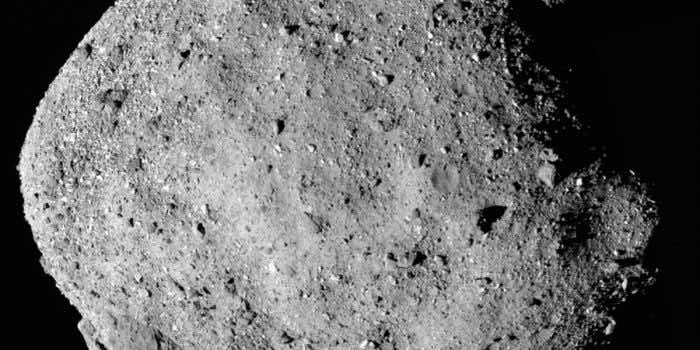Although asteroids have been thought of as spinning at a constant rate, this unusual asteroid named “Phaethon” is causing uncertainty among scientists. A planetary scientist, Sean Marshall, who works at Arecibo Observatory in Puerto Rico, while exploring different characteristics of this asteroid, including its shape and size, noticed that Phaethon’s behavior is something different from the usual asteroids and conducted research on this pattern. It was revealed that Phaethon is spinning at a very fast pace and it is subjected to increasing its spinning motion at the rate of 4 milliseconds every year. We know that this is not something considered huge, but what concerns scientists is why Phaethon’s spinning motion keeps on increasing while other asteroids remain at their constant speeds.

Coupled with this, there are also differences in the physical characteristics of this asteroid. It’s similar to a rock ball having no ice and due to this reason, scientists have regarded it as a “rock comet”. Furthermore, unlike many asteroids which are usually reddish or gray, Phaethon comes with a blue color. Sounds weird, right? In addition to this, as of now, scientists are not worried about any danger that this asteroid poses to Earth due to its rate of spinning but if the pattern continues in the long term, it would be “potentially hazardous” for Earth. Moreover, it is intriguing to note that seeing these bizarre characteristics in this asteroid, scientists from the Japanese Space Agency are thinking to explore the matter in their future lander mission, DESTINY+ (Demonstration and Experiment of Space Technology for INterplanetary voYage with Phaethon fLyby and dUst Science).

However, Marshall finally conducted research on the subject matter and presented the findings of this research study at the American Astronomical Society’s 54th Annual Meeting of the Division for Planetary Sciences last week. According to Marshall, “The predictions from the shape model did not match the data. The times when the model was brightest were clearly out of sync with the times when Phaethon was actually observed to be brightest. I realized this could be explained by Phaethon’s rotation period changing slightly at some time before the 2021 observations, perhaps from comet-like activity when it was near perihelion in December 2020.”

To that end, researchers also observed that the asteroid in question continuously spins with a constant increase in the rate from 1989 to 2021 when they collected the data to get generalized results. However, they detected a change in its spinning period in 2016 that doesn’t correspond to the data of all these years under observation. But the good news is that they have rooted out the cause of this discrepancy and have succeeded in conducting a lot of research work in this domain.
Not to mention, Marshall said, “This is good news for the DESTINY+ team. A steady change means that Phaethon’s orientation at the time of the spacecraft’s flyby can be predicted accurately, so they will know which regions will be illuminated by the Sun.”


